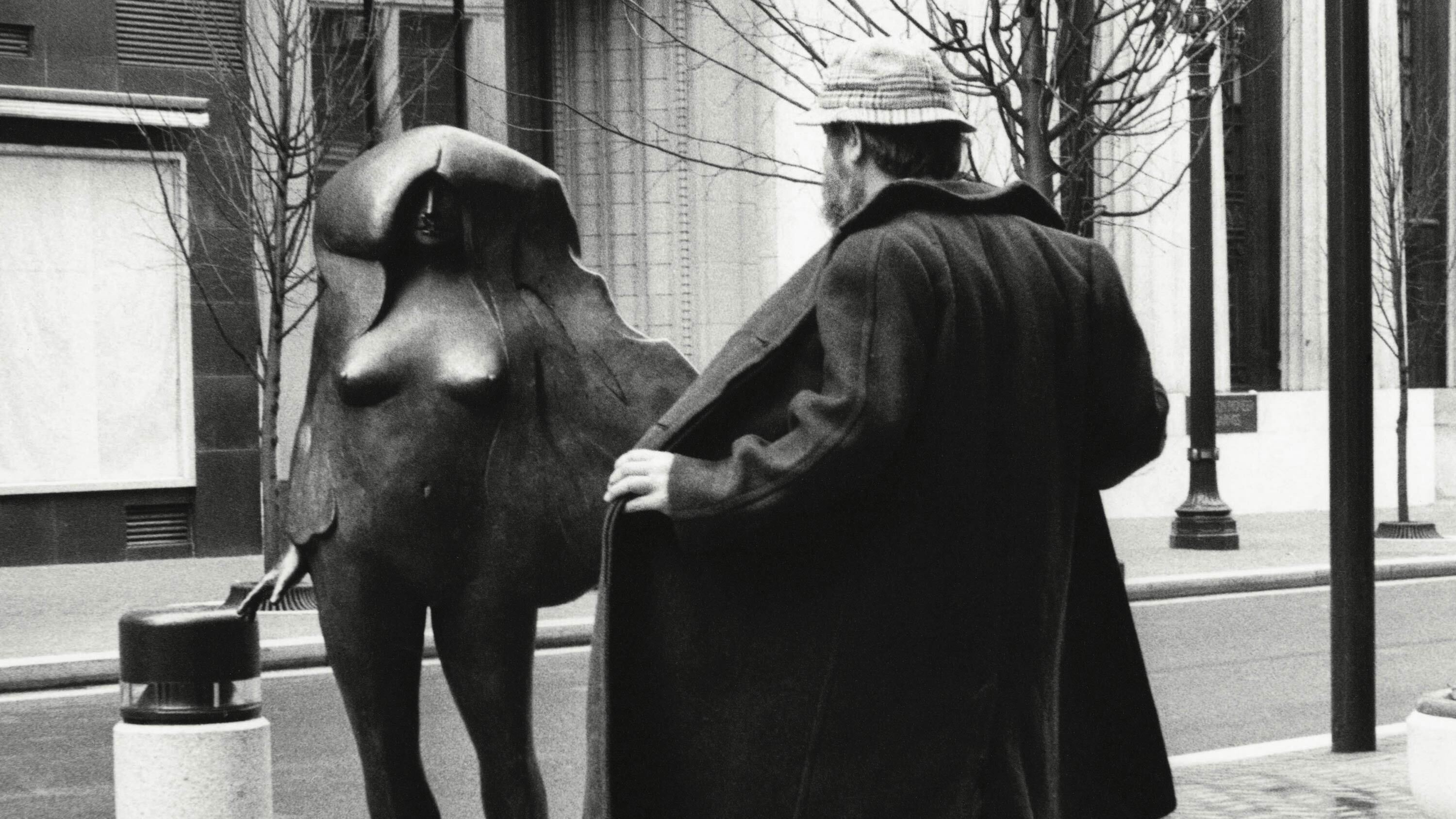Art in Portland is in trouble.
Last year, we lost nine galleries—including the gloriously experimental Hap Gallery, Duplex, Carl & Sloan, and Mark Woolley Gallery, which had been around since the early '90s. We also said goodbye to the Museum of Contemporary Craft, which was the oldest craft institution on the West Coast, founded in 1937.
Part of the reason these institutions have closed without much uproar, or even notice, is because many of us have come to think of art as a luxury or an indulgence—something inessential that doesn't pertain to our lives. It's not a common value that we hold as a city, so we're not collectively invested. The reality of our apathy hit home when a gallery owner, who hadn't had any visitors to the gallery in days, once said to me, "I don't even care if I sell anything, I just want someone to come in and care about the art."
The lack of engagement in Portland's art institutions, combined with impossibly high rents and massive gentrification, means that the creative class is being driven out. Artists are leaving. Galleries are shuttering after decades. Once the artists and galleries have gone, is this a place you'll want to live?
We take for granted that our cultural institutions will always be there, should we ever decide to take advantage of them. But that's not the case. If we don't take an interest in the arts, they'll wither and disappear.
So, we're trying a new experiment: Art Passport PDX.
Saying, "Hey everybody, go out and visit the galleries!" sounds simple, but that's not something everyone feels comfortable doing. We can't ignore the reality that a lot of people feel intimidated or unwelcomed by the art world, that people are uncomfortable going into a gallery because they think they don't know enough about art to be able to ask the right questions. Or they think there's no point, since they don't have enough money to buy anything.
With Art Passport PDX, I'm hoping to break down some of these obstacles.
I've handpicked eight galleries for you to visit. You pick up a free passport book at the launch party on March 16 or at any of the participating galleries, and you collect stamps from the galleries. When all of the passport books are handed in, one winner will get a $1,600 credit to spend on art. (A runner-up will get lots of other amazing stuff.)
There's a catch. In order to get stamps, you have to talk to someone at the gallery about art, which means you have to be a little curious. You have to be willing to ask questions.
Once, when I was at a gallery reviewing a show, I spotted a painting that I thought was so awful, I was offended it was hanging on the gallery wall. I said (politely) to the gallerist, "I really don't like that painting. Can you tell me why you like it?" After she explained why she picked it for the show and what the artist's work meant to her, my perspective on it completely shifted. I still didn't want to take it home with me, but I had a genuine appreciation for it, because she turned me on to a style of painting that I hadn't known anything about. I was able to see it with new eyes.
Learning about art doesn't have to be an academic pursuit. Sometimes simply asking a person to explain why they like something helps you to figure out why you like it. Or vehemently dislike it. This is how we develop our tastes, our confidence and our comfort with art: one question at a time.
These eight galleries will be expecting you. Whether you're an art aficionado or you've never set foot in a gallery before—especially if you've never set foot in a gallery before—they are waiting to talk to you about art, to find out what you like, or to tell you about the artists they love.
So let's try this grand experiment together. Visit the galleries. Collect your stamps. Ask as many questions as you can think of—the passport books will have some sample questions if you're feeling shy. Together, let's reinvest ourselves in art, and make it one of the city's common values.
To register for the program and for more information, go to artpassportpdx.com.

